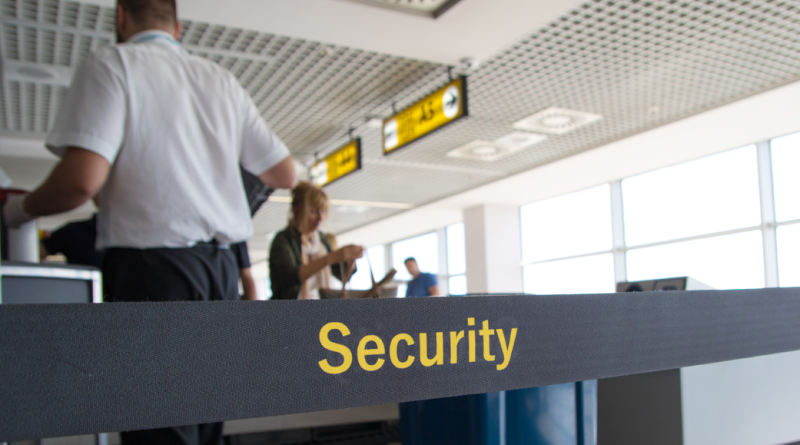REAL ID is now required for US domestic air travelers
After multiple delays, the federal deadline for REAL ID compliance is now set, with every traveler aged 18 or older required to show a REAL ID-compliant license or an acceptable alternative to board a domestic flight within the United States. The REAL ID Act, passed in 2005, was designed to enhance the integrity and security of state-issued identification documents following recommendations from the 9/11 Commission.
While this may seem like a straightforward procedural shift, it marks one of the most significant overhauls of travel documentation in decades. According to the Transportation Security Administration, nearly 7 percent of air travelers still lack a compliant form of ID, raising concerns about readiness in the final year before the mandate takes effect. With state DMVs facing increased pressure to process documentation, the push toward full compliance is entering its critical phase.
The Department of Homeland Security has emphasized that this change is about national security. Identification standards, once largely determined by states, will now be required to meet a uniform federal baseline. This move aims to close the gaps in identity verification, preventing fraud and enhancing airport security protocols across the nation.
What the REAL ID means for US domestic air travelers
For travelers, this means showing up at the airport with more than just any driver’s license. A REAL ID-compliant license is marked with a star icon in the upper right-hand corner, indicating that it meets the federal requirements. Those who fail to present one, or an approved alternative, will be turned away at airport security checkpoints when attempting to board domestic flights.
The implications are clear: without a REAL ID or a valid substitute, domestic air travel becomes impossible. This policy applies to all 50 states and affects flights as well as access to certain federal facilities and nuclear power plants.
In contrast to earlier years where TSA agents might have exercised discretion or offered secondary screening, the May 2025 enforcement leaves no room for flexibility. Travelers will need to adjust accordingly, especially those who have assumed their standard license would remain valid for air travel.
What documents are accepted if you don’t have a REAL ID?
The TSA has outlined several alternative forms of identification that will remain acceptable. These include:
- A valid US passport or passport card
- DHS trusted traveler cards such as Global Entry, NEXUS, SENTRI, or FAST
- Permanent Resident Cards (Green Cards)
- US Department of Defense IDs
- Tribal-issued photo IDs
For most travelers, a passport is the simplest fallback. However, for those without one, obtaining a REAL ID through the state DMV remains the most accessible and cost-effective option.
Children under the age of 18 are not required to provide identification when traveling with a companion who has compliant documentation. This exemption offers some relief for family travelers but underscores the need for adult guardians to plan ahead.
The REAL ID application process: what to bring and what to expect
Getting a REAL ID involves more documentation than a standard license renewal. To qualify, applicants must bring:
- Proof of full legal name and date of birth (e.g., a birth certificate or valid passport)
- Social Security number documentation (such as a Social Security card or W-2)
- Two documents proving state residency (utility bills, lease agreements, or bank statements)
- Proof of lawful status in the United States
State DMVs have specific documentation checklists on their websites, and requirements can vary slightly between states. The process must be completed in person, meaning early appointments are advisable due to projected DMV bottlenecks in the months ahead.
Applicants are also encouraged to check their documents for consistency, name mismatches across documents can delay the approval process. Spouses who have changed their last names, for example, should bring legal name change documents like a marriage certificate.
The REAL ID shift also has implications across the travel ecosystem. Airlines, travel agencies, HR departments, and corporate travel planners must all ensure their clients, employees, and partners are properly informed.
For airline personnel, the challenge lies in managing customer expectations and reducing tension at the gate. Informational signage and pre-flight communication will be critical. HR teams responsible for booking corporate travel must verify that employees hold compliant identification, particularly for high-frequency travelers who rely on their licenses instead of passports.
Sources:
TSA REAL ID overview
VisaVerge
